Clancy Tucker's Blog, page 177
August 29, 2017
30 August 2017 - RUSSIAN WINDOW ART
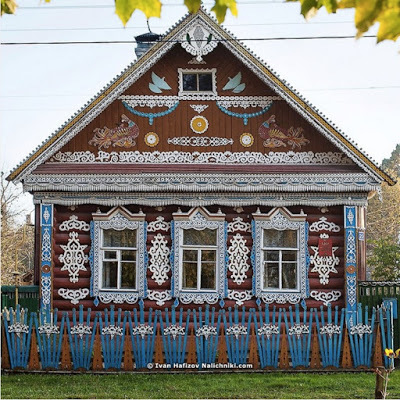
RUSSIAN WINDOW ART
G'day folks,
Ever been to Russia? Well, if so, you may have seen some wonderful window art, which I believe is fast disappearing.
Many of the patterns and carvings have symbolic meaning in several religions in Russian and Slavic communities, but only a small number of people hold that knowledge today. While the semi-mythical houses can still be discovered in larger cities like Moscow for now, they’re fast becoming an endangered species in modern cities being rebuilt.
Here are some samples of what you are likely to see.

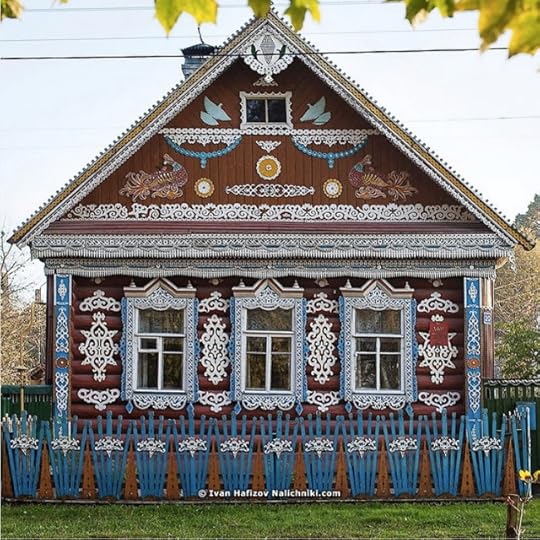




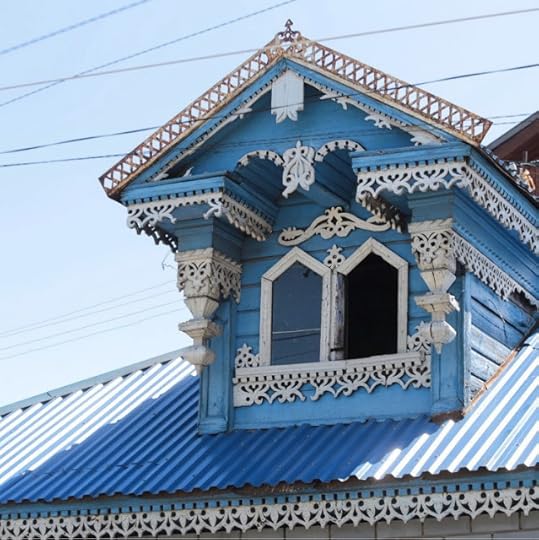
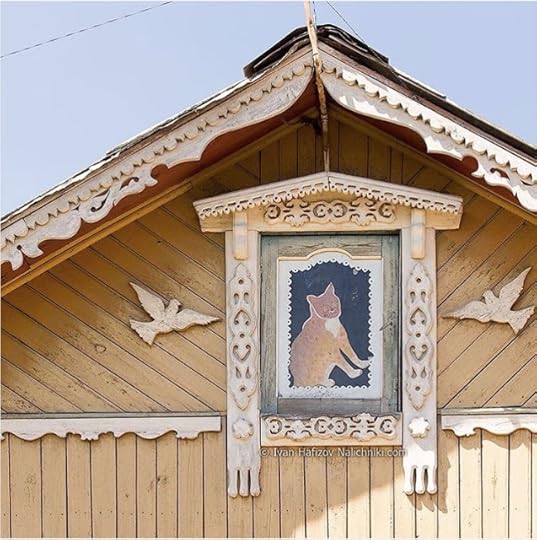




Clancy's comment: It's a shame that these pieces of art are disappearing.
I'm ...
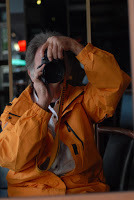

Published on August 29, 2017 15:19
August 28, 2017
29 August 2017 - MOVING PICTURES

MOVING PICTURES
G'day folks,
I have not included any of these for a while, so enjoy ...




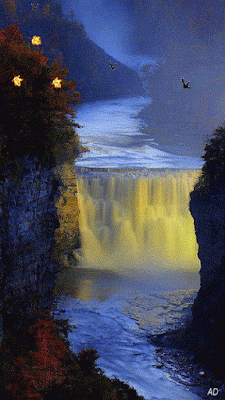

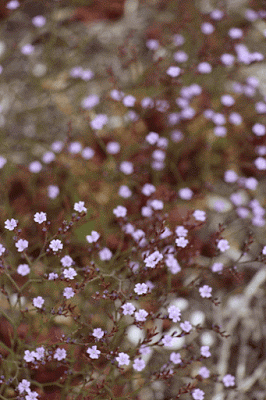



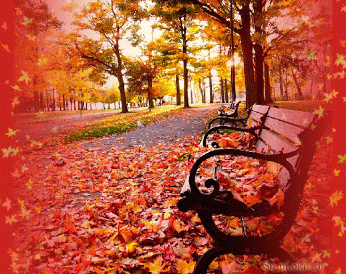


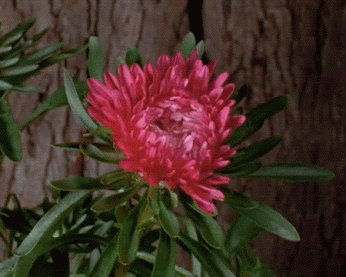
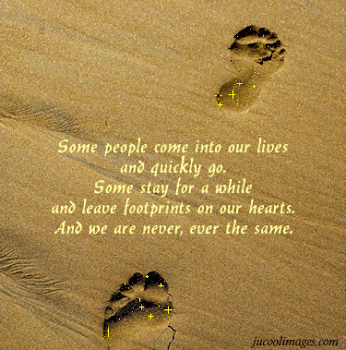
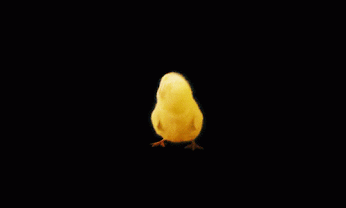

Clancy's comment: Always love these. They are so smart.
I'm ...
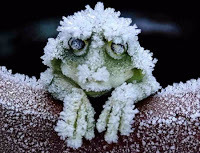

Published on August 28, 2017 15:25
August 27, 2017
28 August 2017 - SOVIET MURALS

SOVIET MURALS
G'day folks,
I n the early nineties, well after the destruction of the Berlin Wall, did you know there were still over 300,000 Soviet soldiers in Eastern Germany? In 1991, there were still 4,200 Russian tanks, 690 aircrafts, 180 rocket systems and over 200,000 civil employees and relatives of officers, among them about 900,000 children.
Until the final withdrawal in 1994, Russians occupied 777 barracks at more than 275 locations in the territory of the German Democratic Republic, mostly in the area of today’s Brandenburg. With numbers like that, there’s no wonder the Soviet footprint in Germany can still be found by wandering off the beaten path. The footprint is fading, crumbling and peeling, but it’s definitely still there.
Check out these ...













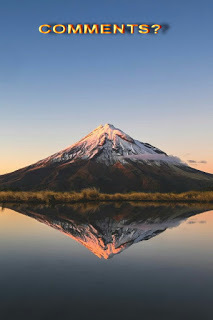
Clancy's comment: They sure left a mark on the landscape.I'm ....
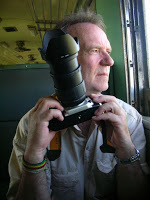

Published on August 27, 2017 14:14
August 26, 2017
27 August 2017 - FACTS ABOUT THE EAGLE
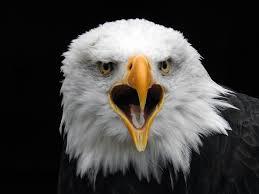
FACTS ABOUT THE EAGLE
G'day folks,
Welcome to some quick facts about a bird I am always seeking to photograph.
Amazing Facts About the Eagle
Eagles are some of the largest birds. They are at the top of the food chain, with some species feeding on big prey like monkeys and sloths. Eagles have amazing eyesight and can detect prey up to two miles away.
How many species of eagle are there?
Eagles are birds of prey in the family Accipitridae; there are approximately 60 different species. The majority are found in Eurasia and Africa, with only 14 species found in other areas including North, Central and South America, and Australia.
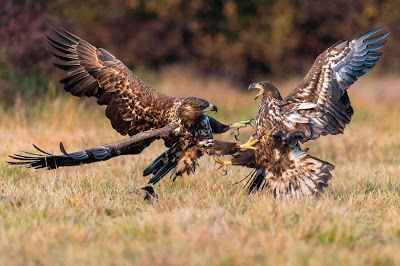
What do eagles look like?
With the exception of some vultures, eagles are generally larger than other birds of prey. They have strong muscular legs, powerful talons and large hooked beaks that enable them to rip the flesh from their prey.
Eagles vary in size. One of the smallest species, the little eagle, is around 17.7–21.7 in (45–55 cm). In contrast, Stellers’s sea eagle is around 36–42 in (91–106 cm) in size, and wingspan can reach approximately 72–96 in (2–2.5 m).
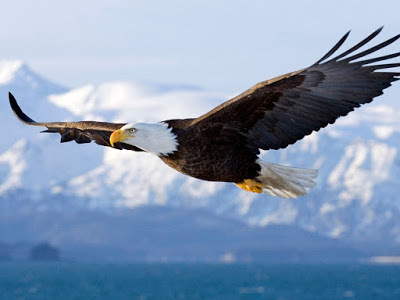
What do eagles see? Sight is the strongest of all eagle senses. The eyes are large, can take up almost 50% of the head, and can weigh the same amount as a human eye. An eagles vision is 4–5 times better than that of a human. Eagle eyes are angled 30 degrees away from centre of the face, which gives eagles a greater field of view. Eagles can see five basic colours to our three, and can detect UV light.
Cones are light detecting cells that are sensitive to colour. One of the reasons that eagles have better vision than humans is because their retinas, a layer at the back of the eyeball, have more cones. We have 200,000 cones per square millimetre, whereas eagles have one million.
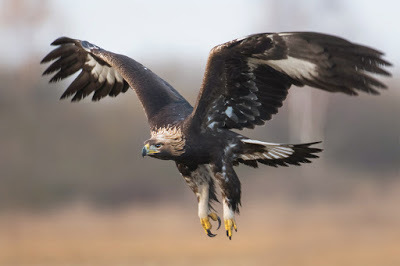
Do eagles mate for life? Eagles are monogamous, so generally mate for life. They have strong site fidelity, so a mating pair tend to reuse the same nest year after year. Nests, composed of sticks, vegetation, and downy feathers, are built by both males and females.
Location of the nest varies with species. Bald eagles for example, most likely nest in tall trees whereas as golden eagles prefer cliff faces or more open areas.
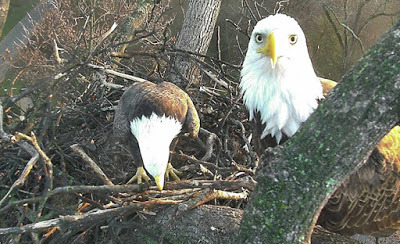
How many eggs do eagles lay?
The number of eggs laid will depend upon species, but many eagles lay between one and three eggs; four egg clutches do occur, but they are rare.
What do eagles eat? Eagles are apex predators, meaning they are at the top of the food chain. What eagles eat depends upon the species and the food that is available to them, but they are all carnivorous and live on a diet of meat and/or fish.
Eagles can be divided broadly into four groups; sea eagles, booted eagles, snake eagles and giant forest eagles. Booted eagles have a relatively wide diet consisting of birds, small mammals, reptiles, rodents, amphibians and insects, whereas others are more restricted. Sea eagles or fish eagles feed mostly on a diet of fish whilst snake eagles specialise on capturing reptiles. Giant forest eagles feed on various forest animals. One of the largest eagles, the Harpy eagle, feeds on larger animals including monkeys, sloths and coatis.
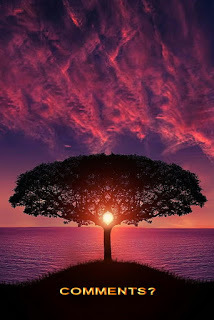
Clancy's comment: Amazing birds, eh? And, the Eagles rock band is pretty awesome as well.
I'm ...
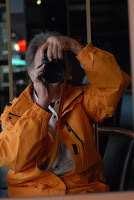
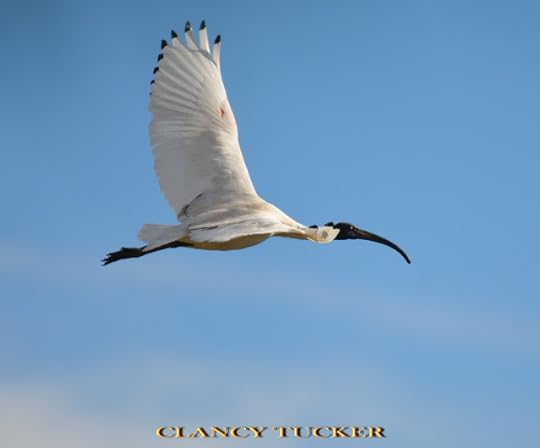
Published on August 26, 2017 17:23
August 25, 2017
26 August 2017 - THE BELVEDERE du RAYON VERT HOTEL

THE BELVEDERE du RAYON VERT HOTEL
G'day folks,
Time for a walk back in time. Here is a hotel that was closed in 1983 but one that still claims some amazing glory.
Built by a local architect in the late 1920s, the Belvédère du Rayon Vert teeters above the railway tracks in the southern French town of Cerbère, near the Spanish border. It’s unique design makes it look like a ship setting out to sea– but over the years, this luxury hotel of the jazz age has become a little bit more of a ‘Titanic’ frozen in time.
It once had its own tennis court on the roof and boasted a state of the art cinema, which still remains as it was the day it was built over 90 years ago, empty and gathering dust (I’ll show you in a minute) inside the art deco monument. Wealthy tourists would check in to the Belvédère to take a break from their long railway journeys traveling from northern parts of Europe to sunny Spain.
The Spanish Civil War and then the Second World War would end this glamorous époque for the Belvédère and the hotel would spend the next few decades slowly falling further and further into ruin.
Having officially closed its doors nearly 35 years ago in 1983, the hotel Belvédère is not technically a hotel anymore.
The Belvédère today offers ten of its original suites as refurbished self-catering vacation apartments that can by rented by the week at €350. Still owned by the same local family, the hotel recently underwent some modest restoration to the facade and the “concierge” tries to retain remnants of its lost elegance. After all, the building has been a registered historic monument since 1987.
Travel through time up the art deco marble staircase, pass the museum-worthy reception desk and admire the uninterrupted sea views from the former ballroom, now humbly furnished with a make-do muddle of plastic chairs and the occasional antique table. The notably fading frescoes were part of the original hotel’s decor, painted by a friend of the architect Léon Baille.
Now, have a look at it ...











Clancy's comment: Notwithstanding its history, I admire the people who built it on such a jagged plot of earth.I'm ...


Published on August 25, 2017 14:26
August 24, 2017
25 August 2017 - BRIAN HOLIHAN - Guest Author and World Traveller

BRIAN HOLIHAN
- Guest Author and World Traveller -
G'day folks,
I've been trying to interview this guy for some years; a man who also loves South East Asia.
Take it away, Brian ...
1. TELL US A LITTLE ABOUT YOURSELF AND YOUR WRITING JOURNEY.
I started to write this book (the first book that I’ve published) after a round-the-world trip. I visited cultures that aren’t commonly studied. I went to part of Southeast Asia, a little of East Africa, and part of the Middle East. The cultures there were obviously as rich as any other, but the most inspiring aspect of the trip was seeing them back to back to back. Each was unique, so the experience was not the expansion of my perspective from one domain to another and keeping it there, but continuous expansion until the world seemed to shine. It felt more like paradise than anything else I’ve experienced, so I decided to recreate the experience in this book and show readers how to attain it.
2. WHEN AND HOW DID YOU BECOME A WRITER?
I started reading about different cultures at the age of seven and became fascinated by the variety of ways that people form their views of the world and create ways of expressing them. While in college, I was struck by the huge discrepancy between the small range of cultures that most educational systems focus on and the magnificent diversity in our world. I realized that we’re ripe for asking the most basic questions. Who are we as human beings? What is our field of connections? What are the biggest and most rewarding views we can create of ourselves and this field? This potential for pushing human thinking, not just one step beyond conventions, but off the scales thrilled me.
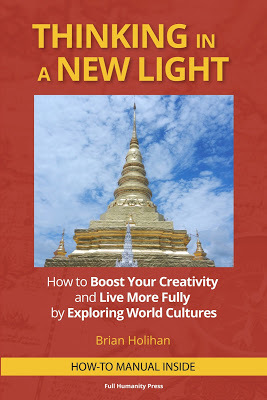
3. WHAT TYPE OF PREPARATION DO YOU DO FOR A MANUSCRIPT? DO YOU PLAN EVERYTHING FIRST OR JUST SHOOT FROM THE HIP?
I balance both. I start by outlining the chapters in a way that builds to a climax so that I have a structure. But new ideas emerge when I write, and I thus often add material that makes the climax soar even higher. I try to optimize the balance between working within a structure and allowing room for thinking outside the box.
4. WHAT WERE YOU IN A PAST LIFE, BEFORE YOU BECAME A WRITER?
I think I might have been an eagle. I’ve loved flight since I was a boy. When I was nine I rode in a single-engine private plane over some of the countryside near the San Francisco Bay, and magic ensued as soon as we took off. The view was no longer confined to the street lines, fences, and concrete and plate glass building fronts. I felt free to see whatever I wanted to explore. Each town block and field of crops had its own shape and hue, and all fused into a tapestry that seemed luminous.
Around the same time, my mom and I read the book Jonathan Livingston Seagull together, and I deeply identified with the idea of flying for the sake of soaring as high as possible rather than just feeding your belly.
5. WHAT IS YOUR GREATEST WRITING ACHIEVEMENT?
My current book. It may seem idealistic on the surface, with its paradise-on-earth theme. But when the perspective expands from a few dominant cultures to thousands, the reflections go up exponentially. These cultures actually exist in the world, so this is all real stuff.
One of the things in the book that I’m most proud of is a method for exploring them. I call it “At/With/Beyond.” Mix thinking according to the conventions you’re used to (looking At). Then examine the cultural landscapes that they emerged in (thinking With). Then explore other cultures (looking Beyond). It’s so simple that it can seem trivial, but as you continue to practice these ways of looking in a circle that keeps turning, your views of the world keep growing bigger, increasingly luminous, and more able to inspire conceptual breakthroughs and joy. You can also enjoy more types of beauty. The book also has a 35-page how-to manual at the end, which details how to bring this perspective into your life.
6. WHAT ARE YOU WORKING ON AT THE MOMENT?
The sequel. It explores a different mixture of cultures. You can blend societies in an endless variety of combinations and choose among many contact points. You can look At, With, and Beyond in ever more ways so that the world becomes more resplendent.

7. WHAT GENRE DO YOU WRITE?
Nonfiction. I’ve found the world’s cultures at least as fascinating as anything that anybody’s ever dreamed up. But within nonfiction, I blend several genres, including travel, creativity, history, self-help, and philosophy. I like to give readers a range of experiences and ideas that can’t be confined to one genre.
8. DO YOU HAVE ANY TIPS FOR NEW WRITERS?
Read as much as possible, but in a way that keeps expanding your perspective. Don’t stick to one culture or field; mix things up. Study your own culture’s traditions, then study another culture. You’ll have a bottomless well of ideas. Think as big as you can, and then think even bigger.
9. DO YOU SUFFER FROM WRITER’S BLOCK?
Never. The diversity of cultures around the world ensures that I’ll always have new perspectives, remain inspired, and find more ways to be mischievous.
10. DO YOU HAVE A PREFERRED WRITING SCHEDULE?
No, I write whenever I can. I have a résumé-writing business that keeps me busy. I like being involved with business as well as culture because it keeps my perspective in the here-and-now as well as the vast, and business has had a huge influence on culture (the Italian Renaissance is a great example). But a lot of clients who need résumés quickly come to me. So I do the cultural writing whenever timeslots open up.

11. DO YOU HAVE A FAVOURITE WRITING PLACE?
Ideas come wherever I put pen to paper. But one of my most memorable places was Angkor Wat’s upper terrace. Cambodia was the first country I visited during that 2007 round-the-world trip. I went through Angkor Wat 8 times and lingered on the upper platform to write (a 30-minute time limit was imposed a couple of years later). The ornate architecture and sculpture, the chirpings of birds and bats, and breezes coming through the narrow window slats created an environment that was both spiritual and sensual. A bat once peed in my face, but a lot of Chinese folk cultures consider bats a sign of luck because the Mandarin word for bat(fu) also means prosperity and blessings. I’ll take that as a good omen, but I would have welcomed a kiss from one of the carved apsaras instead.
12. WHAT IS YOUR GREATEST JOY IN WRITING?
Connecting ideas from cultures that haven’t been compared and synthesizing new perspectives from them. It feels like flying over a mountain range for the first time and discovering what’s on the other side.
13. WHAT’S THE GREATEST COMPLIMENT YOU EVER RECEIVED FROM A READER?
People have complimented my writing for sensuality, others have complimented it for clarity, and others have said that it’s passionate. It feels good to be appreciated for speaking to the senses, the mind, and the heart at the same time.
14. WHAT WAS THE WORST COMMENT FROM A READER?
About 10 years ago, someone warned that a manuscript that I still haven’t published contained too many ideas. I learned to space the ideas out and give stories and images in between to balance informing and entertaining.
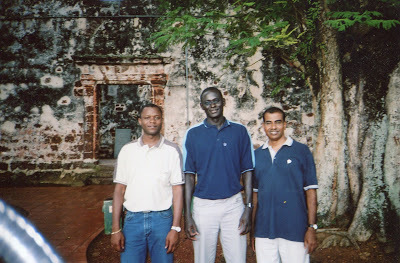
15. WRITERS ARE SOMETIMES INFLUENCED BY THINGS THAT HAPPEN IN THEIR OWN LIVES. ARE YOU?
When I was a boy, my dad and I would go to the beach, look over the water, and wonder about what was on the other side of the Pacific. His gentle voice, the misty air, the salty aromas, and the calls of seagulls mixed into a very pleasant atmosphere that further encouraged me to savour looking beyond conventions.
16. OTHER THAN WRITING, WHAT ELSE DO YOU LOVE?
Music. It’s a great way to share emotions with people you meet in other countries. Playing guitar overseas has given me some of the greatest experiences in my life. People in Africa and Southeast Asia invited me into their homes to play for them. I accompanied an opera singer in a park in Kaifeng, China, and I played in a rock band in Kota Bharu, Malaysia (the drummer grinned from ear to ear when I ripped into a Metallica song). People in China often came up to me and asked for a lesson. Music has made so much magic for me; barriers instantly eroded and it felt as though we had been lifelong friends.
17. DID YOU HAVE YOUR BOOK / BOOKS PROFESSIONALLY EDITED BEFORE PUBLICATION?
I did, but I ended up doing much more editing by myself. The book describes a lot of places that most people find exotic, and it’s necessary to have visited them in order to make readers feel immersed in them.
18. WHAT WOULD YOU SAY IF YOU HAD THE CHANCE TO SPEAK TO WORLD LEADERS?
We’re all deeply connected with each other and with the natural environment. I often felt like I was seeing two opposite realities during my travels. One was a paradise of cultures around the world shining on each other. The other was crammed into stark differences between haves and have-nots, with the latter struggling to get through the day. The Canadian writer Paul Shafer, in his book Revolution or Renaissance, said that culture is the most effective approach to solving the world’s political and ecological problems, because it’s the one area that looks at things from the standpoint of the whole, rather than in a piecemeal way. So please promote people’s cultural lives. You’ll always be admired for it.
19. WHAT ARE YOUR PLANS FOR THE FUTURE?
I’m just getting started. I have an older manuscript, which I’ve never published. It needs about a year of work. And there’s the sequel to the book I published. I have several other manuscripts in various stages, plans to visit many other countries, and much more music to play.
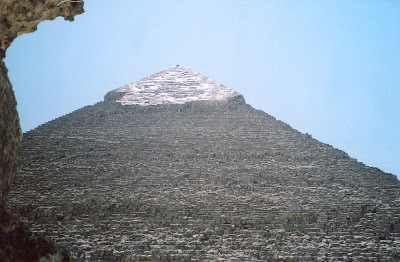
20. DID YOU EVER THINK OF QUITTING?
That would be like thinking of not breathing anymore.
21. WHAT WAS YOUR FAVOURITE MANUSCRIPT TO WRITE? WHY?
The one that I just published, because of its progression of ideas and experiences. It has two climaxes, which give the biggest views of the world that I can after exploring all the different cultures. I thought of making it into two books, but it’s a much more powerful read in one package because I could write the second climax while knowing that readers have digested the first. This enabled me to build on the first and make the second soar even higher. I then wrote the 35-page how-to manual right after the second climax so that readers can immediately bring its expansive visions into their lives. So this is the best progression of ideas I’ve ever written.
22. HOW WOULD YOU DEFINE ‘SUCCESS’ AS A WRITER?
Inspiring readers to see the world in new ways and expanding their horizons is the ultimate success to me. Today’s easy access to the world’s diversity of cultures gives us all the possibility of doing this.
23. WHAT SHOULD READERS WALK AWAY FROM YOUR BOOKS KNOWING? HOW SHOULD THEY FEEL?
Exhilarated by the immensity of our identities, field of connections, and possibilities for enriching both. When you explore the world’s cultures by looking At, With, and Beyond in a continuous circle, the perspective doesn’t just expand by one step; it ultimately becomes like looking into a field of stars and realizing that everyone is one of those stars.
24. HOW MUCH THOUGHT GOES INTO DESIGNING A BOOK COVER?
Packaging matters. Paul McCartney once said that The Beatles’ Sgt. Pepper’s wouldn’t have existed if it hadn’t been for the Beach Boys’ album Pet Sounds. He also said that nobody’s musically educated unless they’ve heard it. But the album cover was so cheesy (the band members are shown feeding goats in a zoo) that the writer of the CD’s linear notes figured that it was one of the reasons why it took about 30 years for the album to reach Gold Record status. So it’s important to package your book in a way that complements its theme and appeals to your readers.

25. WRITING IS ONE THING. WHAT ABOUT MARKETING YOU, YOUR BOOKS AND YOUR BRAND? ANY THOUGHTS?
The supply of books greatly outweighs demand, and dealing with the crowds can be a real pain in the rear, so I approach marketing in a targeted way and see it more as personal networking. Who else has interests in culture, social justice, and inclusive perspectives of the world? I always enjoy conversations that fly all over the globe, so I contact people that I think I’d have an interesting conversation with. This makes the marketing fun and personal.
26. DESCRIBE YOURSELF IN FIVE WORDS.
Explorer of the biggest perspectives.
27. WHAT IS THE TITLE OF THE LAST BOOK YOU READ? GOOD ONE?
“Early China, A Social and Cultural History,” by Li Feng. Ancient Chinese history is a fascinating field today because the construction to accommodate the steroidal growth of cities is making people discover so many new things as they dig foundations that many old assumptions about Chinese history have been dispelled. Ancient China was more diverse than people used to think. I found people throughout China so welcoming during my travels that it felt like a home away from home, and I’ll always have a lot of heartstrings attached to it. New discoveries about ancient China enable me to appreciate some of the people’s oldest cultural roots more deeply.
28. WHAT WOULD BE THE VERY LAST SENTENCE YOU’D WRITE?
I’m beginning another journey, but it will be hard to top the one I just had.
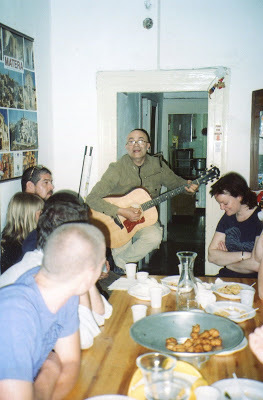
29. WHAT WOULD MAKE YOU HAPPIER THAN YOU ARE NOW? CARE TO SHARE?
More balance between culture and material wealth in society, and more interest in the biggest possible thinking. Anybody can focus on status, having more money, and his/her own culture’s conventions. But to appreciate what’s not yet commonly seen, to find more dimensions in our web of connections, and then further expose them—to me, these are infinitely more rewarding.
But Niall Ferguson, in The Ascent of Money, wrote that in 2006, the market capitalization of all the world’s stock markets was 4 percent higher than the whole world’s measured physical output, and that the aggregate value of all domestic and international bonds was 40 percent higher. He concluded that Planet Finance has become bigger than Planet Earth. We need a transformative expansion of our views of the world more than ever. I think exploring the world’s cultural wealth is an ideal way to kick start it.
30. ANYTHING YOU’D LIKE TO ADD?
Please tell your family, friends, and coworkers about your cultural discoveries and share them through social media on a daily basis. Because many of today’s media focus on materialism, sensationalism, and inanities, we all need to put as much content about cultural wealth out there as possible so that more people can appreciate it. Ideas become influential if they’re shared widely and constantly.
I don’t think there can be anything more enjoyable than sharing the world’s cultural wealth with family. If you build a library of printed books, the well-stocked shelves that surround you will constantly remind all of you of the rainbow of cultures around the world.
In short, fall in love with learning about the world, and inspire others to do the same so that they’ll inspire others. We can be like candles lighting other candles, transforming our societies beyond today’s madness and into a more cultural, spiritual, and compassionate age. It’s doable; the cultural wealth is here—we just need to appreciate and share it more.
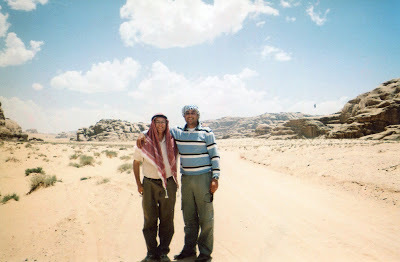

WEBSITE

Clancy's comment: Many thanks, Brian. Glad you finally arrived on my blog. Folks, I would highly suggest you read Brian's book. It is interesting and very informative.
I'm ...
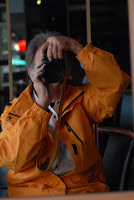

Published on August 24, 2017 15:39
August 23, 2017
24 August 2017 - TOP QUOTES

TOP QUOTES
G'day folks,
Time to read some interesting quotes.








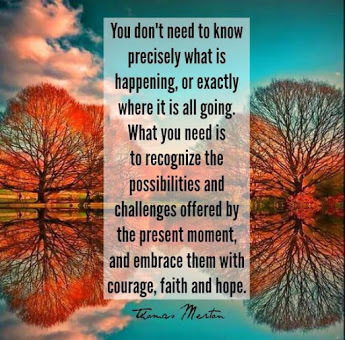


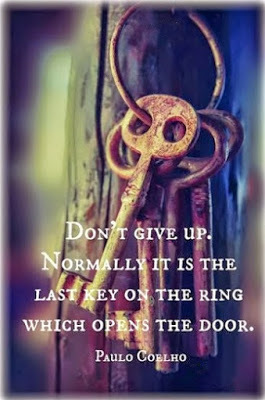







Clancy's comment: Some good ones here for you aspiring writers. Yep, get on with it.
I'm ...
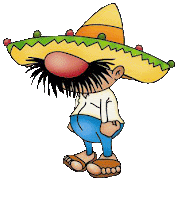

Published on August 23, 2017 16:09
August 22, 2017
23 August 2017 - MOVING PICTURES

MOVING PICTURES
G'day folks,
Time for some moving pictures to make sure your eyes are working okay.

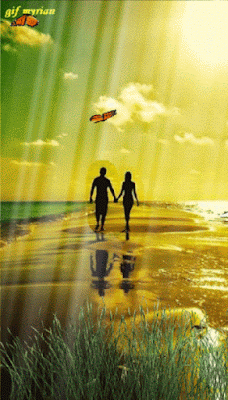



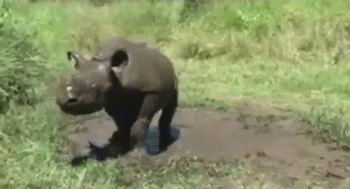

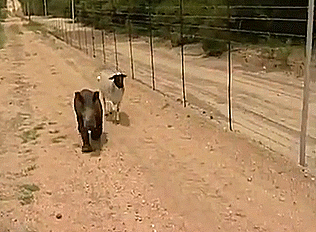







Clancy's comment: Love the flying cat and the pranksters.
I'm ...


Published on August 22, 2017 15:10
August 21, 2017
22 August 2017 - ABANDONED GREENHOUSES
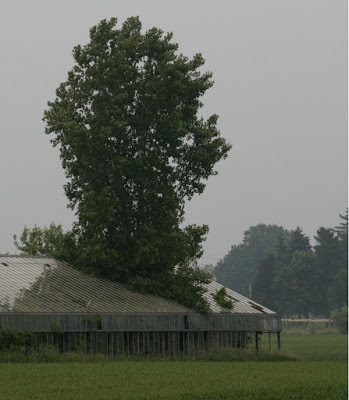
ABANDONED GREENHOUSES
G'day folks,
Welcome to a sad sight - greenhouses that have been allowed to grow wild. These photographs have been taken at various locations around the world.

















Clancy's comment: What a damn shame! If restored, many of these could become great homes.
I'm ...


Published on August 21, 2017 15:56
August 20, 2017
21 August 2017 - ODD FACTS ABOUT TIGERS
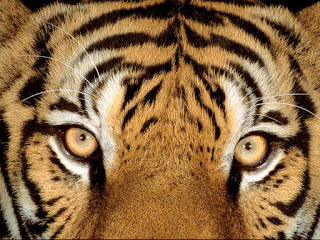
ODD FACTS ABOUT TIGERS
G'day folks,
The tiger is the largest cat species, most recognizable for their pattern of dark vertical stripes on reddish-orange fur with a lighter underside. The species is classified in the genus Panthera with the lion, leopard, jaguar, and snow leopard.
Tigers are some of the most beautiful, majestic animals on earth. It is the largest member of the felid (cat) family but despite what we know about animals, there is still a great deal of what we do not know mixed up with common misconceptions or confusion with other large cats. There were once nine subspecies of tigers namely: Malayan, Siberian, Indochinese, Bengal, South Chinese, Sumatran, Caspian, Javan and Bali. Of these, the last three are extinct, one is extinct in the wild, and the rest are endangered species. You may think you know a lot about tigers but these unusual tiger facts might come as a surprise to you.
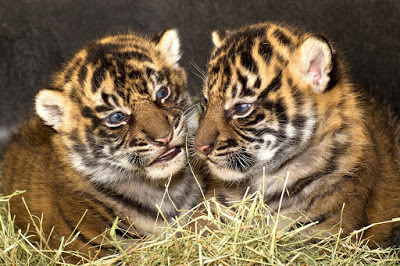
1. Water
Although most cats do not like water, tigers are good swimmers. They enjoy playing, bathing, and swimming in the water. Tigers are also skilled at hunting in the water.
2. Markings
Tigers are thought of in some cultures as a noble animal. It is believed that the markings on their forehead look a lot like the Chinese symbol for king. Just like the domestic house cat, if a tiger’s fur were shaved off, its skin would show the same markings as its fur. Like a human fingerprint, each stripe on a tiger is unique to a specific animal. Tiger fur also comes in numerous colors including gold, white, black, and also blue. The Maltese tiger is said to be blue, however, there is no confirmation that these tigers actually exist.
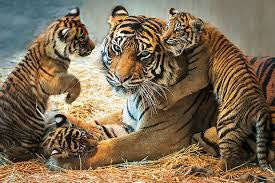
3. TongueTigers do not lap up water when drinking. They flip drops of water into the air and catch them. A tiger’s saliva can be used to clean their wounds due to its disinfecting properties.
4. Fertility
Tigers mate often because females are only fertile for 4 to 5 days out of the entire year. The tigress’s gestational period takes about 3 months, and they typically give birth to 2 to 3 cubs.
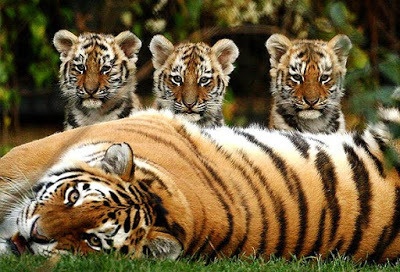
5. Hunting
Tigers prefer to perform sneak attacks on their prey. If you are ever being attacked by a tiger, look them in the eyes. If the tiger knows you are aware of it, its ambush is foiled and chances are it will retreat. While walking through the forests of India, people would wear masks on the back of their heads to thwart a tiger ambush. Tigers are able to adapt their killing techniques, but they usually kill their prey through strangulation. Tigers use their powerful jaws to bite through skin and even bone. Unlike other cat species, male tigers allow females and cubs to eat first.
6. Medicinal uses
Poaching tigers in China has been illegal for many years and is punishable by death. In ancient Chinese medical practices, tiger parts were used medicinally. Once thought to be used as aphrodisiacs, their real use was to treat such ailments as digestive issues and arthritis. However, today this misconception is being practiced again, and tiger parts are once again being used as aphrodisiacs.
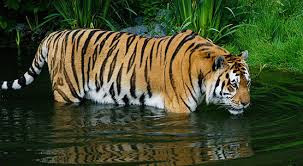
7. Memory and brain
Aside from the polar bear, a tiger has the largest brain of all carnivores and is similar in size to the Chimpanzee’s. Overall, cats have a better memory than all other animals and this includes humans. Their memory is numerous times better than other primates and significantly better than dogs. Surprisingly, tiger memories are made up of stronger brain synapses than a human brain, and their short-term memory endures 30 times longer than ours does. Due to these stronger brain synapses, they do not forget things and remember things more easily than we do.

Clancy's comment: I wonder if they have a better memory than an elephant?
I'm ...


Published on August 20, 2017 15:21



